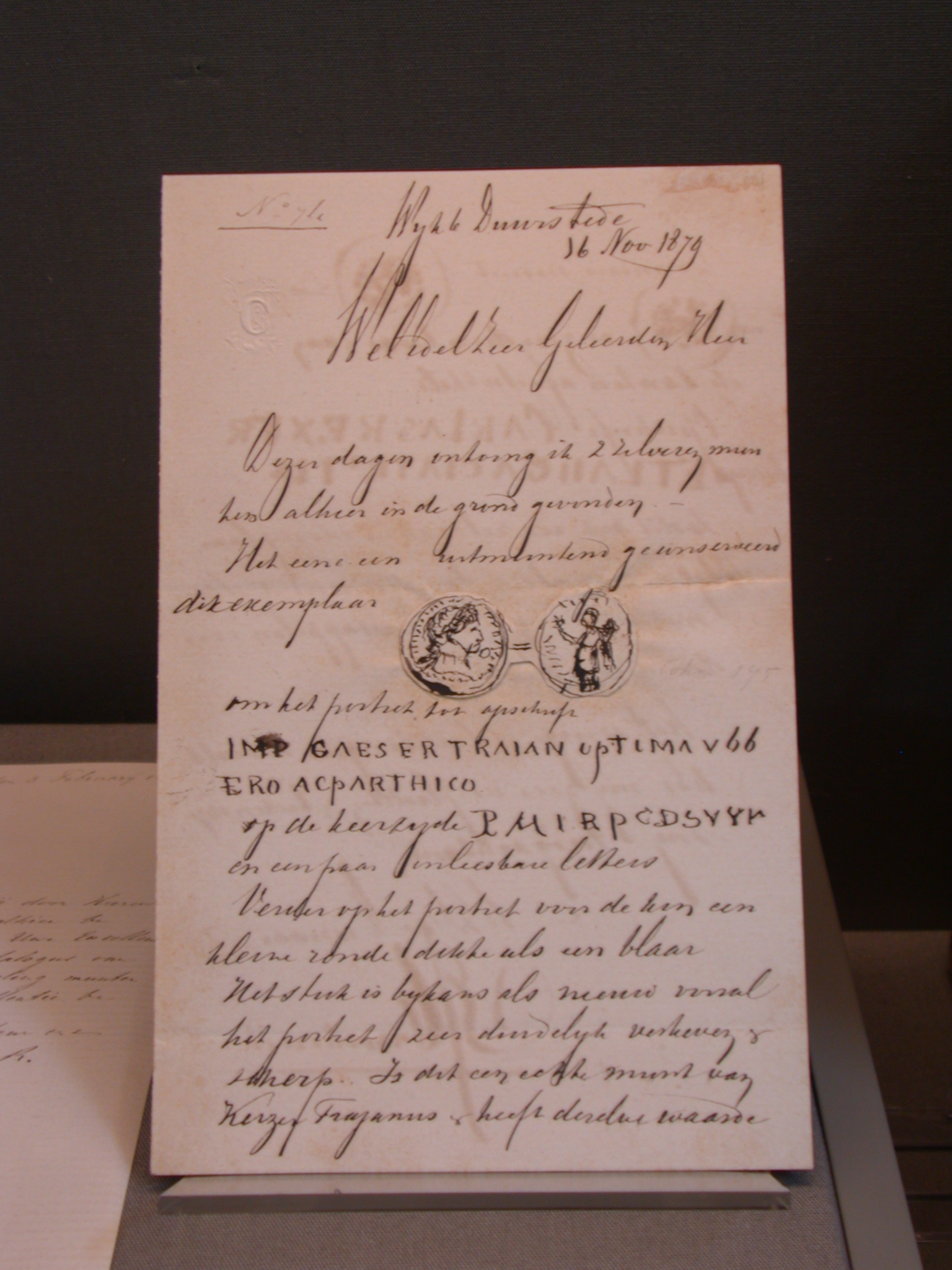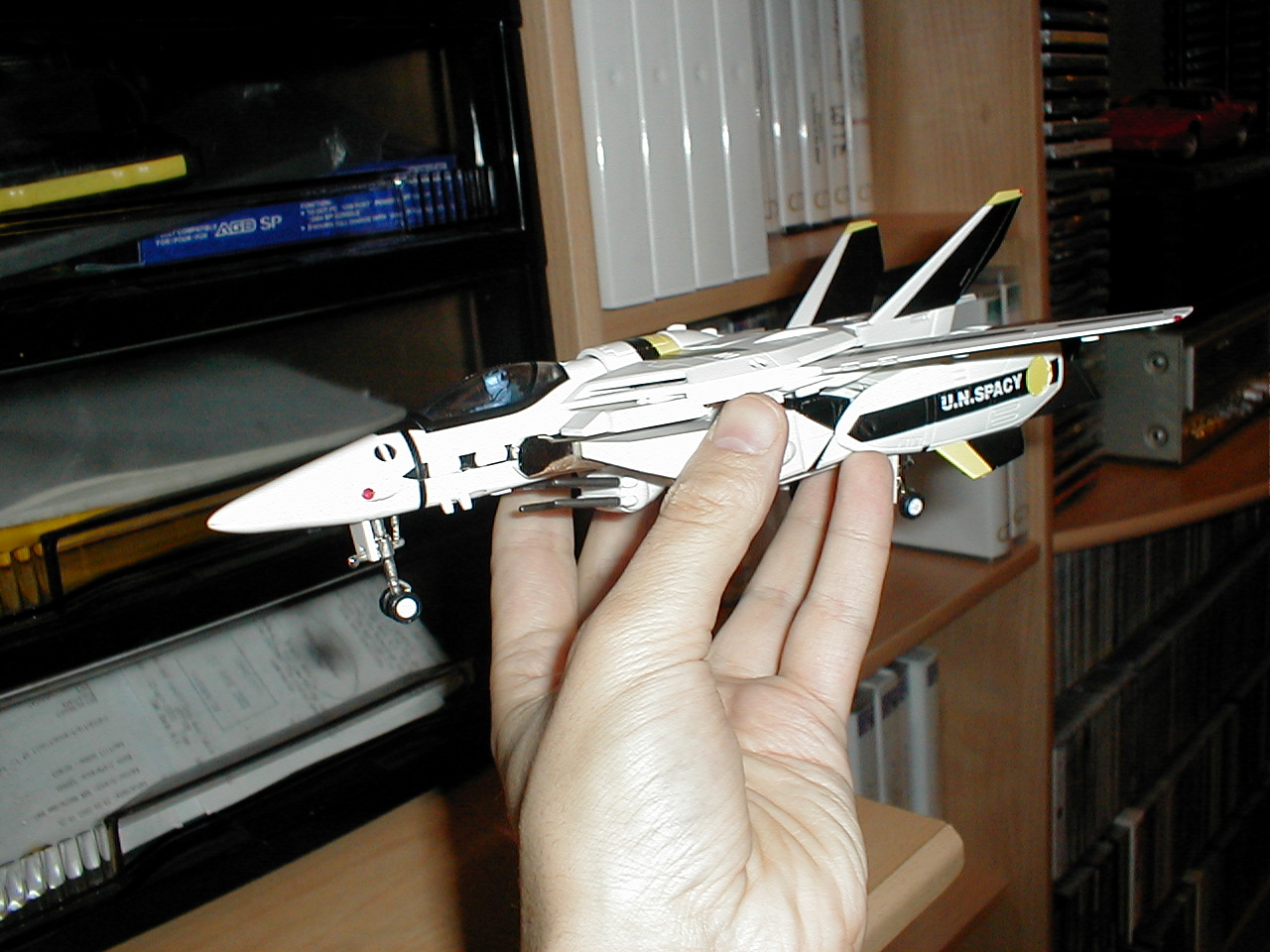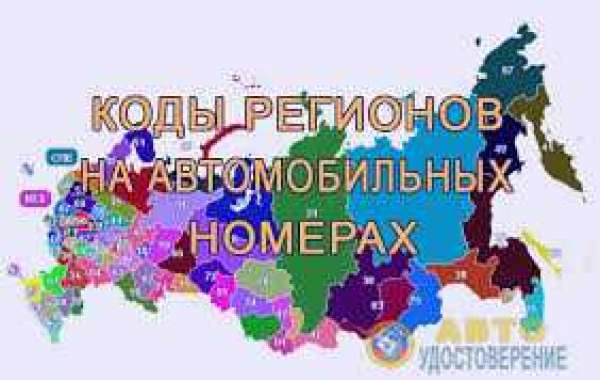The private airline industry has seen significant development over the past two decades, pushed by an rising demand for customized travel experiences and the want for greater flexibility and convenience. As this sector continues to evolve, understanding the components that influence pricing becomes crucial for both consumers and business stakeholders. This text goals to discover the dynamics of pricing within the private airline industry, examining key determinants, market developments, and the impact of shopper habits on pricing strategies.

The Private Airline Market Landscape
The private airline market is characterized by a various range of operators, together with charter services, fractional ownership packages, and jet card providers. Each of these segments gives unique pricing fashions, catering to totally different buyer needs and preferences. Charter providers, for example, typically function on a per-flight basis, allowing customers to pay only for the particular flights they require. In contrast, fractional ownership packages enable customers to buy a share of an aircraft, offering access to a certain variety of flight hours annually. Jet card applications supply pre-paid flight hours, offering flexibility whereas ensuring cost predictability.
Key Elements Influencing Pricing
A number of key elements affect pricing within the private airline industry, including operational prices, demand and supply dynamics, competitors, and buyer preferences.
1. Operational Costs
The operational costs of operating a private airline are vital and encompass numerous components, together with fuel, maintenance, crew salaries, and insurance coverage. Gas prices, in particular, have a direct influence on pricing, as fluctuations can lead to increased operational bills. Airways usually pass these prices onto customers, leading to greater ticket prices throughout durations of rising gas prices. Additionally, maintenance and crew salaries contribute to the overall value structure, influencing the pricing strategies employed by operators.
2. Demand and Supply Dynamics
The relationship between demand and provide plays a essential position in pricing methods within the cheap private jet flights airline sector. Throughout peak travel seasons, demand for private flights usually exceeds provide, resulting in elevated prices. Conversely, during off-peak durations, operators may lower prices to attract customers and fill accessible seats. This elasticity of demand is particularly evident within the charter section, where pricing can vary significantly primarily based on seasonal traits and market circumstances.
3. Competitors
The private airline market is competitive, with various operators vying for a share of the client base. This competitors can lead to cost wars, where airlines lower their prices to draw clients. Nonetheless, it also can result in worth differentiation, the place airlines provide distinctive services or amenities to justify greater prices. For example, some operators might present luxurious in-flight experiences, gourmet catering, or access to unique airport lounges, allowing them to command premium costs.
4. Customer Preferences
Understanding buyer preferences is important for pricing strategies within the private airline business. Many purchasers prioritize comfort, flexibility, and personalised service, typically keen to pay a premium for these attributes. Consequently, airways that can effectively cater to these preferences may be able to justify larger prices. Moreover, the rise of expertise and on-line booking platforms has empowered consumers to compare costs simply, leading to elevated price sensitivity amongst travelers.
Market Tendencies Impacting Pricing
Several market traits are presently shaping pricing strategies in the private airline industry.
1. Rise of Know-how
The integration of technology into the private airline sector has transformed the way customers book flights and interact with operators. On-line booking platforms and cellular functions have made it easier for customers to compare prices, learn opinions, and choose operators that align with their preferences. This increased transparency has led to heightened price sensitivity, prompting airlines to adopt competitive pricing methods to attract clients.
2. Sustainability and Environmental Concerns
As environmental consciousness grows, customers are more and more considering the sustainability of their journey selections. Private airlines are responding by exploring extra sustainable practices, reminiscent of investing in fuel-environment friendly aircraft and carbon offset packages. While these initiatives may lead to increased operational prices, they can also justify premium pricing for environmentally acutely aware consumers keen to pay further for sustainable travel options.
3. Post-Pandemic Recovery
The COVID-19 pandemic significantly impacted the private airline business, resulting in a short lived decline in demand. However, as journey restrictions ease and shopper confidence returns, the industry has experienced a resurgence. This restoration phase presents both challenges and alternatives for pricing methods. Airways should balance the need to draw clients with the necessity of covering rising operational costs, which can lead to elevated costs in the short time period.
The future of Pricing within the Private Airline Industry
Because the private airline business continues to evolve, several factors will form the future of pricing strategies. The ongoing integration of know-how will seemingly improve pricing transparency, forcing airlines to stay aggressive while maintaining profitability. Additionally, the rising emphasis on sustainability might lead to the emergence of new pricing fashions that reflect the environmental influence of journey.
Moreover, the post-pandemic panorama will require airways to be agile and aware of changing client preferences. As travelers search personalized experiences and flexible booking choices, airlines may need to innovate their pricing buildings to satisfy these demands effectively.
Conclusion
Understanding the dynamics of pricing within the private jet charte rrates airline trade is essential for both customers and operators. Because the market continues to evolve, elements comparable to operational costs, demand and provide dynamics, competition, and buyer preferences will play a crucial function in shaping pricing methods. By staying attuned to market traits and client habits, private airlines can navigate the complexities of pricing and continue to thrive in an increasingly aggressive landscape. As the industry moves forward, a concentrate on innovation, sustainability, and customer-centric approaches will probably be key to guaranteeing successful pricing strategies that resonate with travelers.









